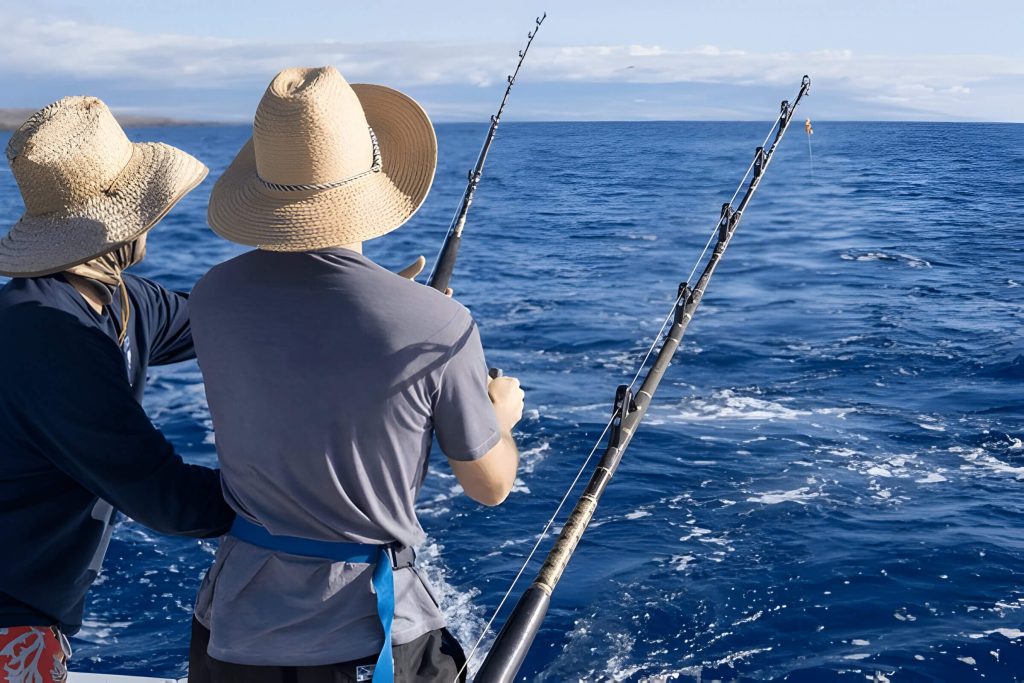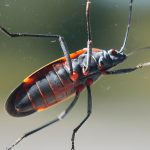
Catching wahoo fish is a thrilling challenge for any angler. Understanding their behavior and habitat is crucial. This guide covers essential gear, best locations and times, effective techniques like high-speed trolling, bait selection strategies, and important safety tips and regulations. Master the art of catching wahoo fish with confidence!
Essential Gear and Tackle for Wahoo Fishing
When it comes to wahoo fishing, having the right gear and tackle is crucial for a successful outing. Wahoo are known for their speed and strength, making them a challenging yet rewarding catch. Here’s a comprehensive guide to the essential gear and tackle you’ll need for wahoo fishing.
Firstly, selecting the appropriate fishing rods and reels for wahoo is vital. Opt for heavy-duty rods that can withstand high tension and pressure. Paired with these rods should be high-capacity reels capable of holding plenty of line preferably braided line due to their strength and minimal stretch properties.
The best tackle for wahoo includes terminal tackle that can handle their sharp teeth and aggressive nature. Wire leaders are essential to prevent bite-offs, while strong hooks designed specifically for big game fish will ensure you have the best chance of landing your catch.
High-speed trolling gear is another critical component in your arsenal. Wahoo are notorious speedsters, often requiring trolling speeds between 12-18 knots. High-speed lures such as jet heads or bullet heads work effectively at these velocities, mimicking the fast-moving prey that wahoo typically hunt.
In summary, equipping yourself with robust fishing rods and reels, durable terminal tackle, and specialized high-speed trolling gear will significantly enhance your chances of success in wahoo fishing adventures.
Best Locations and Times to Catch Wahoo

Wahoo, known for their speed and agility, are a prized catch among anglers. To maximize your chances of landing one, it’s crucial to understand the best locations and times to catch these magnificent fish.
When considering where to catch wahoo fish, certain regions stand out due to their favorable conditions. The waters off the coast of Florida, particularly around the Keys and the Gulf Stream, are renowned for wahoo fishing. Additionally, the Caribbean Sea and areas around Bermuda also offer prime opportunities. In the Pacific, destinations like Hawaii and Costa Rica boast rich wahoo habitats.
The best time of year for wahoo fishing varies by location but generally aligns with their migratory patterns. In Florida and the Caribbean, peak seasons typically occur from late fall through early spring. Conversely, in Hawaii and other Pacific regions, summer months often yield higher catches due to warmer water temperatures that attract these fish closer to shore.
Understanding seasonal patterns of wahoo is essential for planning your fishing trips. Wahoos tend to migrate based on water temperature changes and food availability. They prefer waters ranging between 70-80°F (21-27°C) and are often found near underwater structures like reefs or drop-offs where baitfish congregate.
By targeting top wahoo fishing spots during their peak seasons, you can significantly increase your odds of success. Whether you’re casting lines off Florida’s coast or exploring Pacific waters near Costa Rica, timing your trip with seasonal migrations will enhance your overall experience in catching these elusive game fish.
Effective Techniques for Catching Wahoos
Catching wahoos, known for their speed and agility, requires a blend of skill, technique, and the right equipment. Among the most effective methods are trolling, live bait fishing, and using artificial lures.
Wahoo Trolling Techniques
Trolling is one of the most popular techniques for targeting wahoos. High-speed trolling for wahoos involves dragging lures or bait behind a moving boat at speeds typically ranging from 12 to 18 knots. This method takes advantage of the wahoo’s predatory nature and their preference for fast-moving prey. Using weighted trolling leads or planers can help get your lures deeper into the water column where wahoos often hunt.
High-Speed Trolling for Wahoos
High-speed trolling is particularly effective because it mimics the rapid movement of fleeing fish. Specialized high-speed lures that are designed to stay stable at higher velocities are crucial. These lures often have streamlined bodies with vibrant colors that attract wahoo even when moving quickly through the water.
Live Bait Fishing for Wahoos
Live bait fishing offers an alternative approach that can be just as rewarding. Using live baits like small tunas or blue runners can entice wary wahoos into striking. The key is to keep your bait lively and swimming naturally by using circle hooks that minimize damage to the baitfish.
Artificial Lures for Wahoos
Artificial lures also play a significant role in wahoo fishing strategies. Deep-diving plugs, skirted baits, and metal jigs are among the top choices. These lures should have strong hooks capable of withstanding aggressive strikes from these powerful fish. Brightly colored patterns such as purple/black or red/white tend to be particularly effective in attracting wahoo.
Combining these techniques can significantly increase your chances of landing this prized game fish on your next outing.
Choosing the Right Bait to Attract Wahoos
When it comes to attracting wahoos, selecting the right bait can make all the difference. The best bait for wahoos often depends on a combination of factors including water conditions, time of year, and personal preference. Both natural and artificial baits have their advantages and can be highly effective when used correctly.
Natural baits such as live fish or freshly cut strips are often considered some of the best bait for wahoos due to their lifelike appearance and scent. Options like bonito, mackerel, and ballyhoo are particularly popular among anglers targeting these fast predators. Rigging these natural baits properly is crucial; using wire leaders can help prevent sharp-toothed wahoos from cutting through your line.
On the other hand, artificial baits offer versatility and durability that natural options can’t match. High-speed trolling lures like jet heads, diving plugs, and skirted lures mimic the movement of prey fish effectively. These lures come in a variety of colors and sizes designed to attract wahoos under different conditions.
Whether you choose natural or artificial baits for wahoos will depend on your fishing style and specific circumstances. Experimenting with both types can help you determine what works best in your local waters. Proper rigging techniques will further enhance your chances of landing these prized game fish.
Safety Tips and Regulations When Fishing for Wahoos
Fishing for wahoos can be an exhilarating experience, but it’s essential to prioritize safety and adhere to regulations to ensure a successful and responsible outing. Here are some key wahoo safety tips and fishing regulations you should keep in mind:
1. Boating Safety: Before heading out, ensure your boat is in good condition. Check all safety equipment, including life jackets, flares, fire extinguishers, and first aid kits. Familiarize yourself with the weather forecast and sea conditions to avoid unexpected dangers.
2. Fishing Regulations: It’s crucial to stay informed about local fishing regulations related to wahoos. These rules often include specific catch limits designed to protect the species from overfishing. Make sure you have the appropriate fishing licenses and permits required by your region.
3. Catch Limits: Adhering to catch limits is not just a legal requirement but also an ethical practice that helps maintain sustainable fish populations. Always check the latest guidelines on how many wahoos you’re allowed to catch per trip or per season.
4. Equipment Safety: Use appropriate gear when targeting wahoos, such as strong rods, reels, and lines capable of handling their speed and strength. Ensure all equipment is in good working order before setting out.
5. Handling Fish Safely: Once you’ve caught a wahoo, handle it carefully to avoid injury from its sharp teeth or fins. Use gloves if necessary and follow proper techniques for releasing any fish you don’t intend to keep.
By following these wahoo safety tips and adhering strictly to fishing regulations, you can enjoy a safe and responsible fishing adventure while contributing positively to marine conservation efforts. Happy fishing!



